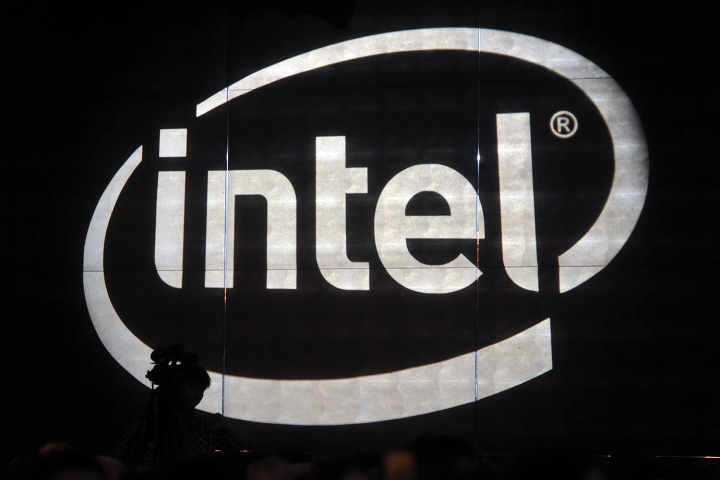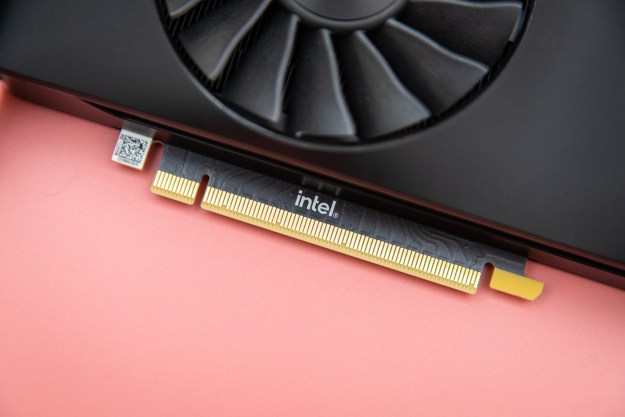
Intel’s forthcoming graphics chips are poised to deliver some serious competition to Nvidia, which embraced real-time ray tracing when the company launched its RTX series graphics cards late last year. Intel also announced that it will back the new feature.
For gamers, ray tracing brings cinematic rendering by rendering how light is absorbed, reflected, or refracted on surfaces in real time. Initially, Intel’s support for ray tracing will be for the company’s data center graphics cards. Intel’s line of discrete
Though Nvidia’s GeForce RTX graphics are targeted at consumer desktops and laptops, Intel’s Xe graphics architecture is used primarily for data centers. Intel is targeting creatives with its server-based technology, and the company envisions that hardware-based
“Studios continue to reach for maximum realism with complex physics processing for cloth, fluids, hair and more, plus modeling the physics of light with
Earlier this year at the GPU Technology Conference, Nvidia showed off how it will leverage its server-based RTX graphics to allow designers to collaborate on creative projects. RTX servers will also be used as part of Nvidia’s GeForce Now game streaming platform as the company fends off new competition from Google’s emerging Stadia service, which is powered by graphics from rival AMD.
There’s speculation, however, that support for
Intel hasn’t given any indications if it will support
Editors' Recommendations
- Ray tracing vs. path tracing — which is the best dynamic lighting technique?
- Intel Battlemage graphics cards: release date speculation, price, specs, and more
- Nvidia is bringing ray tracing and DLSS 3 to your car
- Intel may already be conceding its fight against Nvidia
- All ray tracing games on PC: AMD Radeon and Nvidia RTX ray tracing


